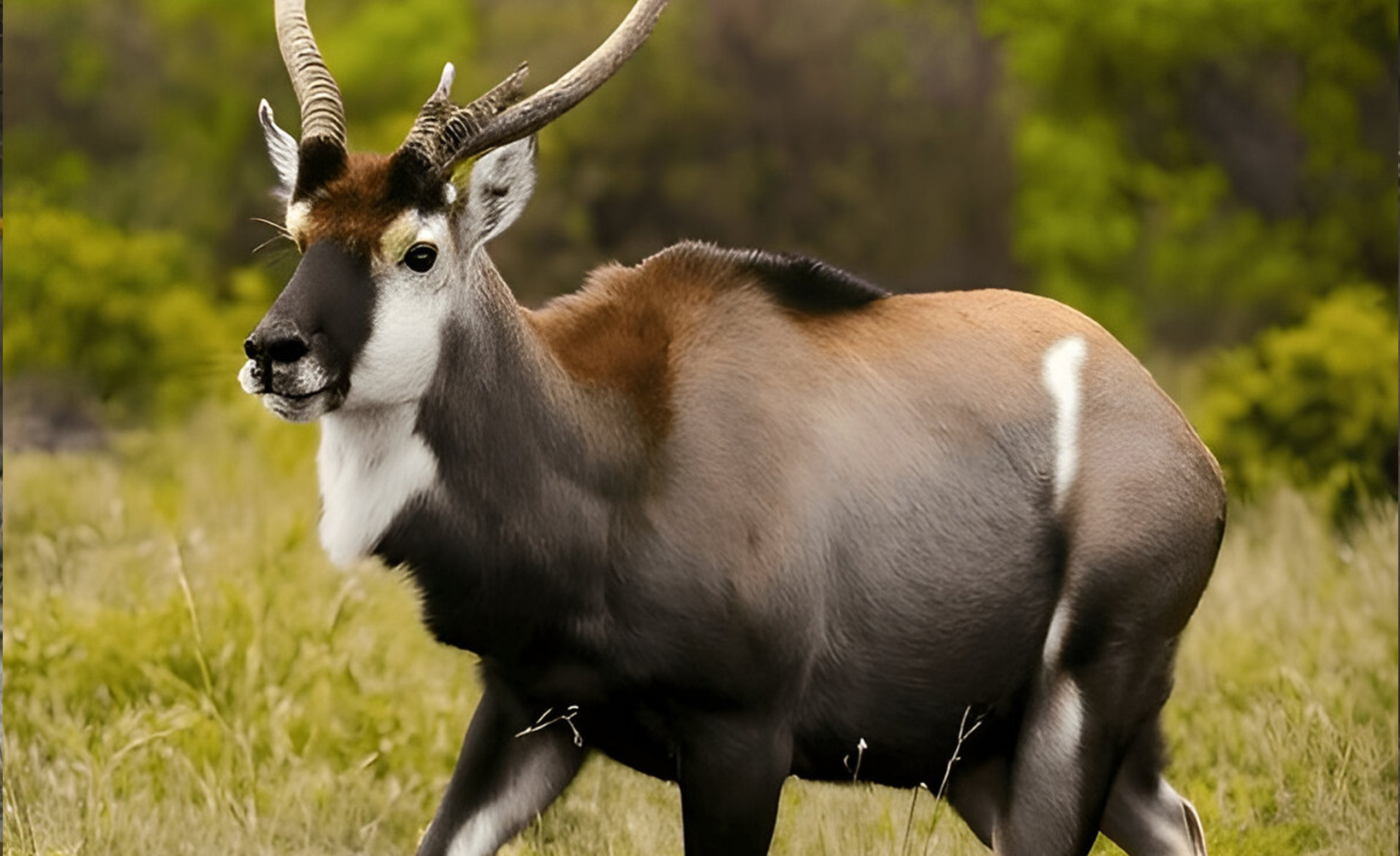
Protect Wildlife to Ensure the Saola (Asian Unicorn) Has a Future
Protect wildlife nowadays is not just an urgent call to action; it’s a life-giving opportunity for animals such as the Saola (Asian Unicorn) – one of the rarest and mysterious animals on the planet. This antelope-like creature is one of the rarest animals in the world and is found only in the Annamite Mountains of Laos and Vietnam. The Saola is creeping closer to extinction and most suggest that there are fewer than a hundred alive today. If we are to secure the survival of this remarkable species, we must act to protect wildlife through awareness, action, advocacy, and passion. The plight of the Saola is an invaluable reminder of how important it is to protect wildlife, spread awareness of endangered species and unite together for the purpose of wildlife conservation.
Table of Contents
The Saola’s Mysterious Existence
“The Saola is considered the ‘Asian Unicorn’ due to its extremely rare sightings. It was first documented scientifically in 1992, and this gentle herbivore became a global representation of our ignorance over biodiversity in remote, unnamed places. Now, extinction looms even closer due to unsustainable human impact. Habitat destruction, illegal hunting, and habitat fragmentation will threaten the Saola. the Saola is not hunted for its flesh like most of the endangered species, but instead it gets caught in traps while targeting other animals. The tragedy is that they become victim of extinction silently, without the media coverage afforded to more popular animals such as the tiger or the elephant.
Why Protecting the Saola Matters?
If we are not able to save the Saola, what does that say about our ability to protect wildlife generally worldwide? The Saola is vital within its ecosystem; as the herbivore within an ecosystem, it holds vegetation in balance, providing for other wildlife indirectly. Saving the Saola involves more than just saving a single species; it’s about stopping the collapse of an entire ecosystem. This is also a real test of whether we can achieve global wildlife conservation on time.
The Role of Local Communities
Getting local communities to participate to help save wildlife can be one of the most effective approaches to endangered species like the Saola. People who live around the Saola’s habitat have very limited economic opportunities, so that hunting and logging can be enticing. By providing sustainable livelihoods (eco-tourism, sustainable agriculture, conservation jobs, etc.), organizations can help relieve some of the pressure that leads to hunting and habitat destruction.

Global Conservation Efforts
International NGOs and local governments are now also working to increase the animal extinction awareness of the Saola’s plight. Conservation strategies include:
Establishing the protected areas, especially in Laos and VietnamIncreasing anti-poaching patrols, often at night.Removing illegal snares from forestsResearch to develop more management
However, without more global attention, these approaches will probably not be enough.
The Importance of Awareness
Perhaps the greatest challenge is that hardly anyone except for conservation types has heard of the Saola. The vast majority of media coverage on the Saola focuses on more “famous” endangered species. While providing animal extinction awareness on more obscure species is just as important, we often must share the stage with the remarkably effective campaigns of more famous species. When people know about the Saola, they are likely to donate money, advocate for the Saola and volunteer for its protection. Every single blog, social media post, and conversation about wildlife conservation contributes to this increased awareness for the Saola.
What You Can Do to Help Save Wildlife?
You don’t have to be riverside to help save a species. Here are a few ways you can help save wildlife from anywhere in the world:
- Donate or volunteer for professional wildlife organizations.
- Help promote the Saola by sharing articles, images, or facts on social media.
- Reduce your use of products that promote deforestation.
- Make sure you advocate for those politicians who can create stronger environmental protections.
Lessons From Huge Extinctions
History has shown us that once a species is gone, it is gone forever. The Saola could easily be the next Great Auk or even the Thylacine if we do not step in time. The extinction of these animals acts as a reminder of what happens when we do not protect wildlife in time.
Final Encouraging Words
The Saola story is not yet concluded. Every step that we take to help save wildlife, whether it is through donations, raising awareness, or promoting wildlife conservation policies, will add momentum to this great hope. The species may be rare, but it is not lost yet. By protecting the habitat and involving local communities, together we should not let another victim slip into the endangered species list.
If support can be gathered enough and inspire world action, this “Asian Unicorn” could remain a living legend and not a memory. Protection for the Saola is more than just saving a single animal: It is a pledge that we shall save whatever we can to protect wildlife and preserve the scenic beauty of the planet for the well-being of future generations to come.
FAQs
Q1: Why is the Saola called the “Asian Unicorn”?
A: It has been called the “Asian Unicorn” because of its rarity and also due to how seldom it has been seen. There have been barely half a dozen positive sightings of it in the wild.
Q2: How many Saolas are there in the wild today?
A: The exact number of wild Saolas is unknown to the scientists. Yet, their best estimate is that only a few hundred remain.
Q3: How can one help in conserving the Saola?
A: Helping Saola conservation programs, raising animal extinction awareness about the issue and unsustainable practices, and avoiding forest destruction in Laos and Vietnam will be of great help.
Q4: Why is the Saola called endangered nowadays?
A: Arising from habitat denial and deforestation, capture as bycatch in snares laid for forest-range hunters are factors that have brought the Saola to endangered status.
Q5: Is the Saola protected legally?
A: Yes, the Saola is under legal protection, and both Vietnam and Laos have legislation. However, enforcement is lacking due to scarce resources.
